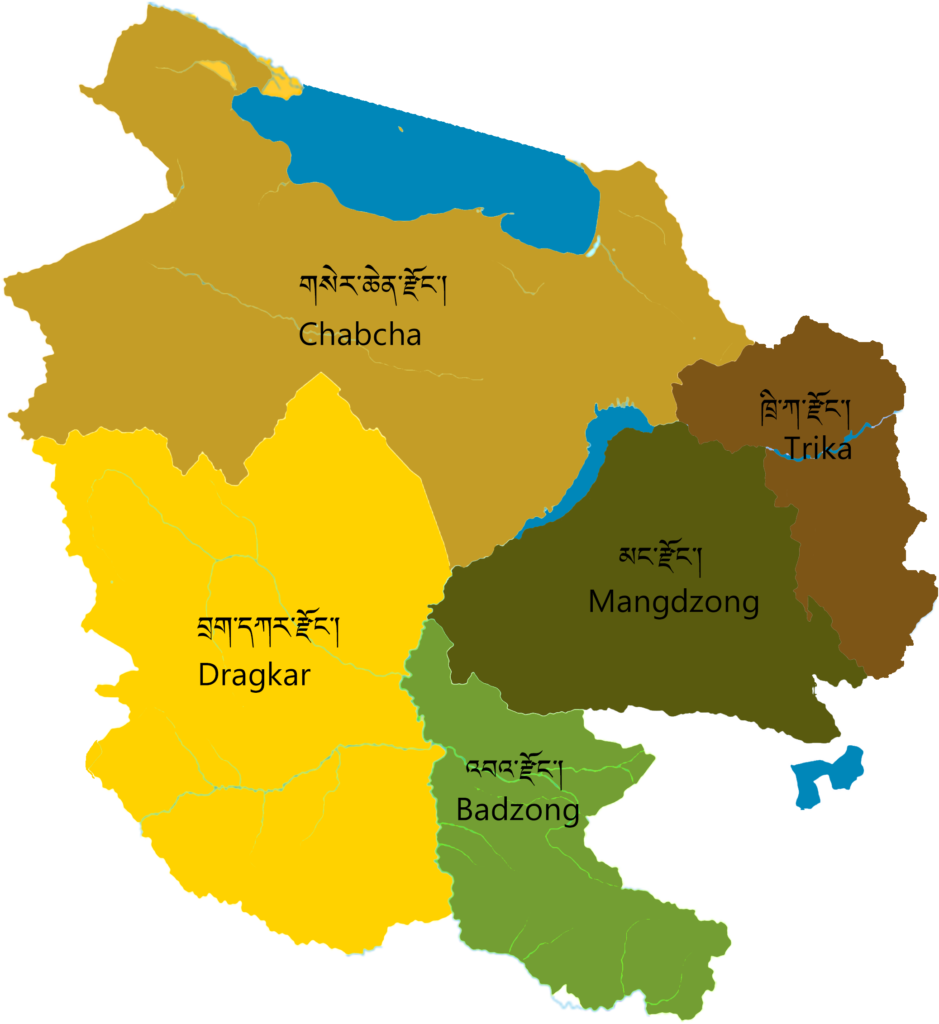Gonghe County (共和县), located in Hainan Tibetan Autonomous Prefecture in Qinghai Province, China, is a scenic and culturally rich area on the northeastern edge of the Tibetan Plateau. Known for its expansive grasslands, historical significance, and proximity to Qinghai Lake, Gonghe serves as a gateway to exploring the natural beauty and Tibetan culture of the region.
Elevation: Gonghe County sits at an average altitude of around 3,200 meters, characteristic of the Tibetan Plateau.
Grasslands: The area is dominated by the lush and expansive Hainan Tibetan Plateau grasslands, which support yak herding and nomadic lifestyles.
Climate: Gonghe experiences a high-altitude climate with cold winters, mild summers, and significant daily temperature variations. The best time to visit is from May to October.
Cultural and Ethnic Composition
Tibetan Influence: The majority of the population in Gonghe is Tibetan, contributing to the area’s rich cultural heritage.
Religion: Tibetan Buddhism is a dominant influence in local life, with monasteries, prayer flags, and stupas dotting the landscape.
Nomadic Culture: Many residents of Gonghe lead traditional nomadic lifestyles, raising yaks, sheep, and goats, and living in portable black yak hair tents.
Attractions and Activities
Qinghai Lake (青海湖)
The northern edge of Qinghai Lake, the largest saltwater lake in China, is just a short drive from Gonghe County. Visitors can:
Enjoy stunning views of turquoise waters and surrounding mountains.
Witness migratory birds at Bird Island, especially in spring.
Participate in cycling tours or hike along the lake’s shore.
Explore local Tibetan villages nearby.
Longyang Gorge Reservoir (龙羊峡水库)
Located near Gonghe, this reservoir on the Yellow River offers dramatic canyon views and opportunities for boating and photography.
Known as the “Yellow River Grand Canyon of Qinghai,” it showcases the rugged beauty of the region’s landscapes.
Heimahe Township (黑马河乡)
A popular stop for those visiting Qinghai Lake, Heimahe Township is known for its breathtaking sunrises over the lake.
The area offers homestays, Tibetan cultural experiences, and opportunities to interact with nomadic families.
Festivals
Horse Racing Festival: Held on the Hainan Tibetan Plateau, this annual event showcases traditional Tibetan horse racing, yak riding, and folk performances.
Tibetan New Year (Losar): Celebrated with traditional songs, dances, and rituals.
Local Cuisine
Tibetan Specialties:
Yak Butter Tea: A warming beverage made from tea, butter, and salt.
Tsampa: Roasted barley flour mixed with butter tea.
Yak Meat: Often served as stew or jerky.
Qinghai Noodles: Local noodle dishes featuring mutton or beef in flavorful broths.
Practical Information
Transportation:
Gonghe is about 140 kilometers from Qinghai’s capital, Xining, and can be reached by road in approximately 2–3 hours.
Public buses and private vehicles are commonly used to travel within the region.
Accommodations: The county offers a mix of guesthouses, Tibetan homestays, and hotels. Staying in nearby towns like Heimahe provides access to Qinghai Lake.
Gonghe County is an ideal destination for travelers seeking to experience the tranquility of the Tibetan Plateau, the breathtaking landscapes of Qinghai Lake and its surroundings, and the unique cultural heritage of Tibetan communities. Whether you’re drawn to the natural wonders or the rich traditions, Gonghe offers a memorable experience at the heart of the Tibetan highlands.
Administrative Divisions of Hainan Tibetan Autonomous Prefecture

| Serial No | Name of Counties | Name in Tibetan | Area (km2) |
| 1 | Gonghe (Chabcha) | གསེར་ཆེན་རྫོང་ | 16050 |
| 2 | Tongde (Badzong) | འབའ་རྫོང་ | 6494 |
| 3 | Guide (Trika) | ཁྲི་ཀ་རྫོང་ | 3600 |
| 4 | Xinghai (Drakar) | བྲག་དཀར་རྫོང་ | 13158 |
| 5 | Guinan (Mangdzong) | མང་རྫོང་ | 6593 |
 Tibet World Travel Tibet Tour, Tibet Trip, Tibet Travel, Tibet Train, Tibet Trekking,
Tibet World Travel Tibet Tour, Tibet Trip, Tibet Travel, Tibet Train, Tibet Trekking,
